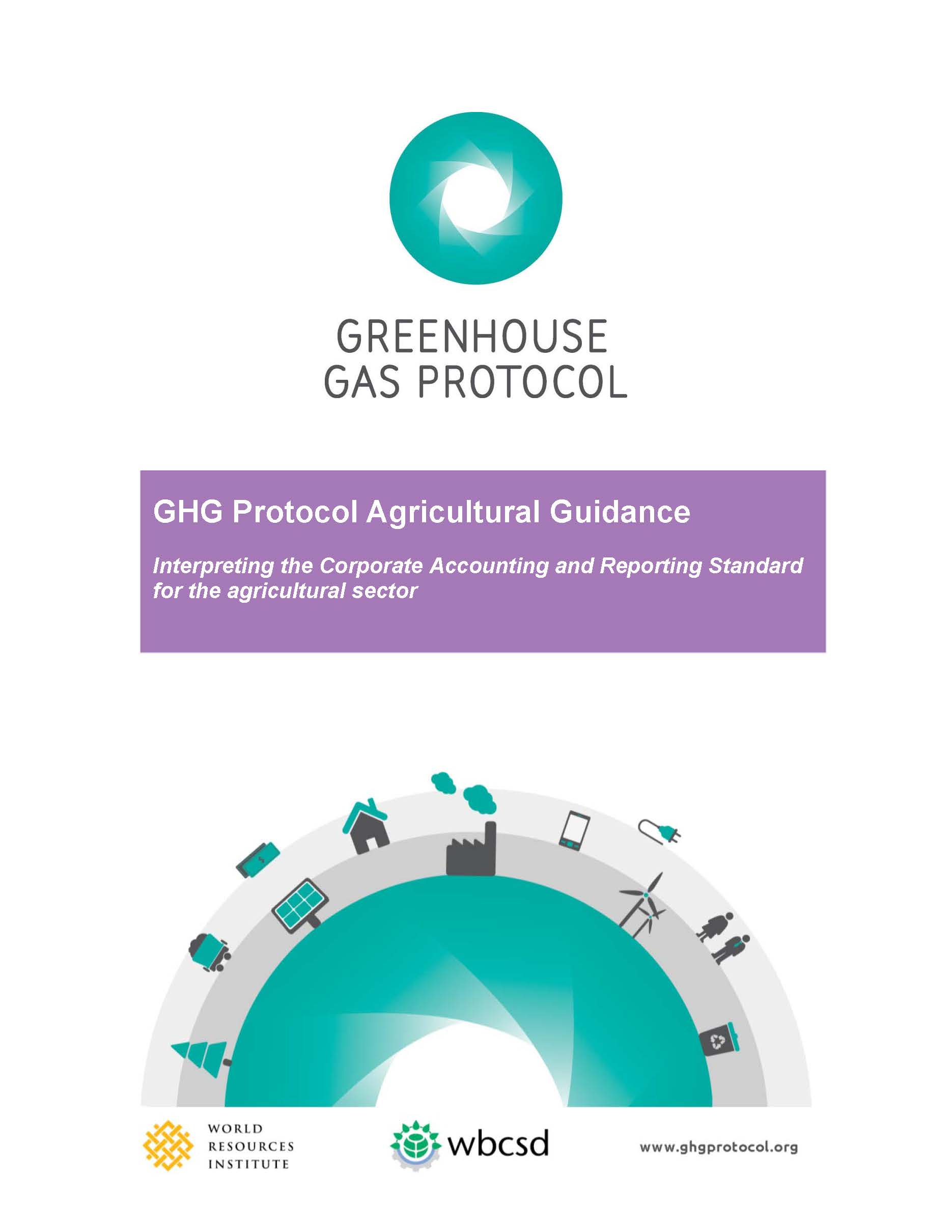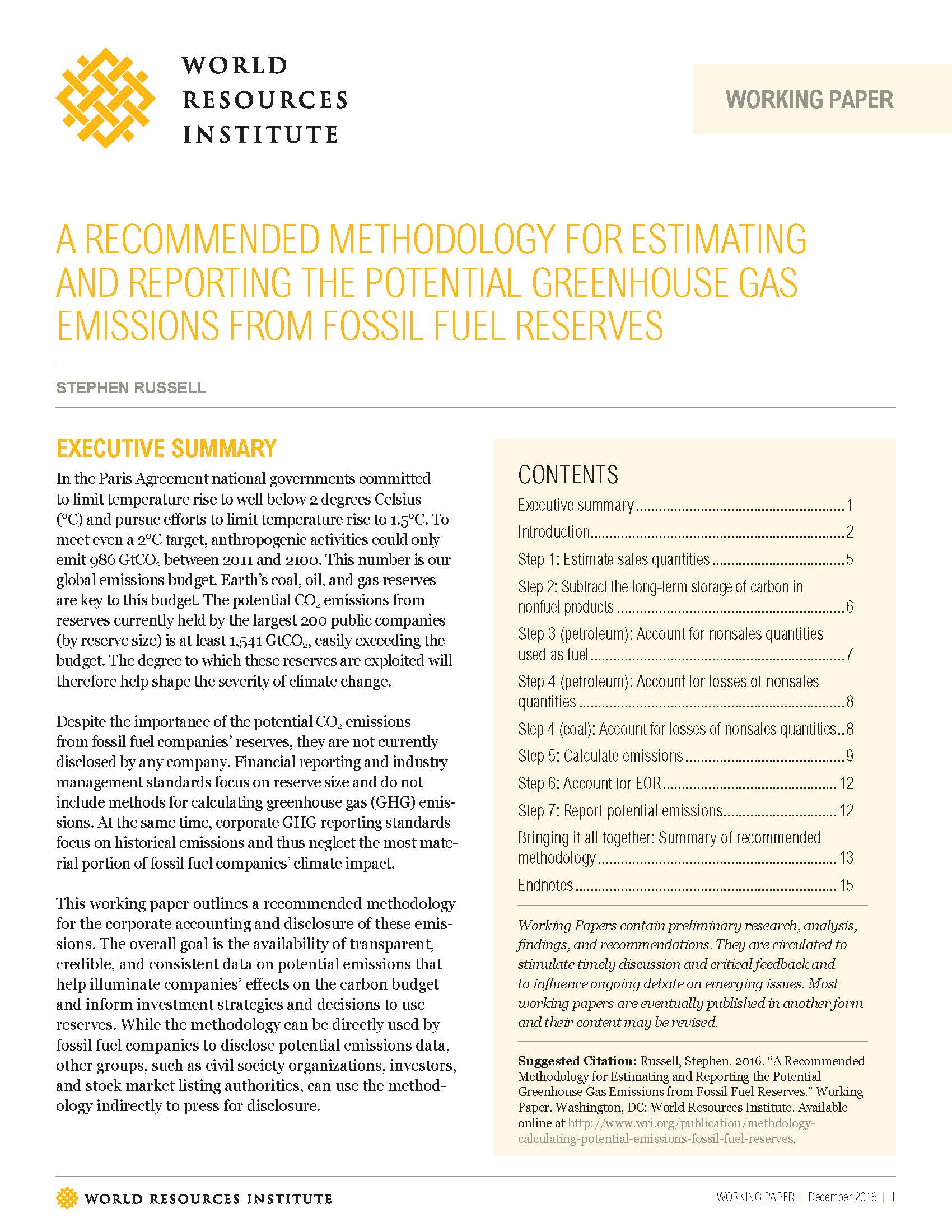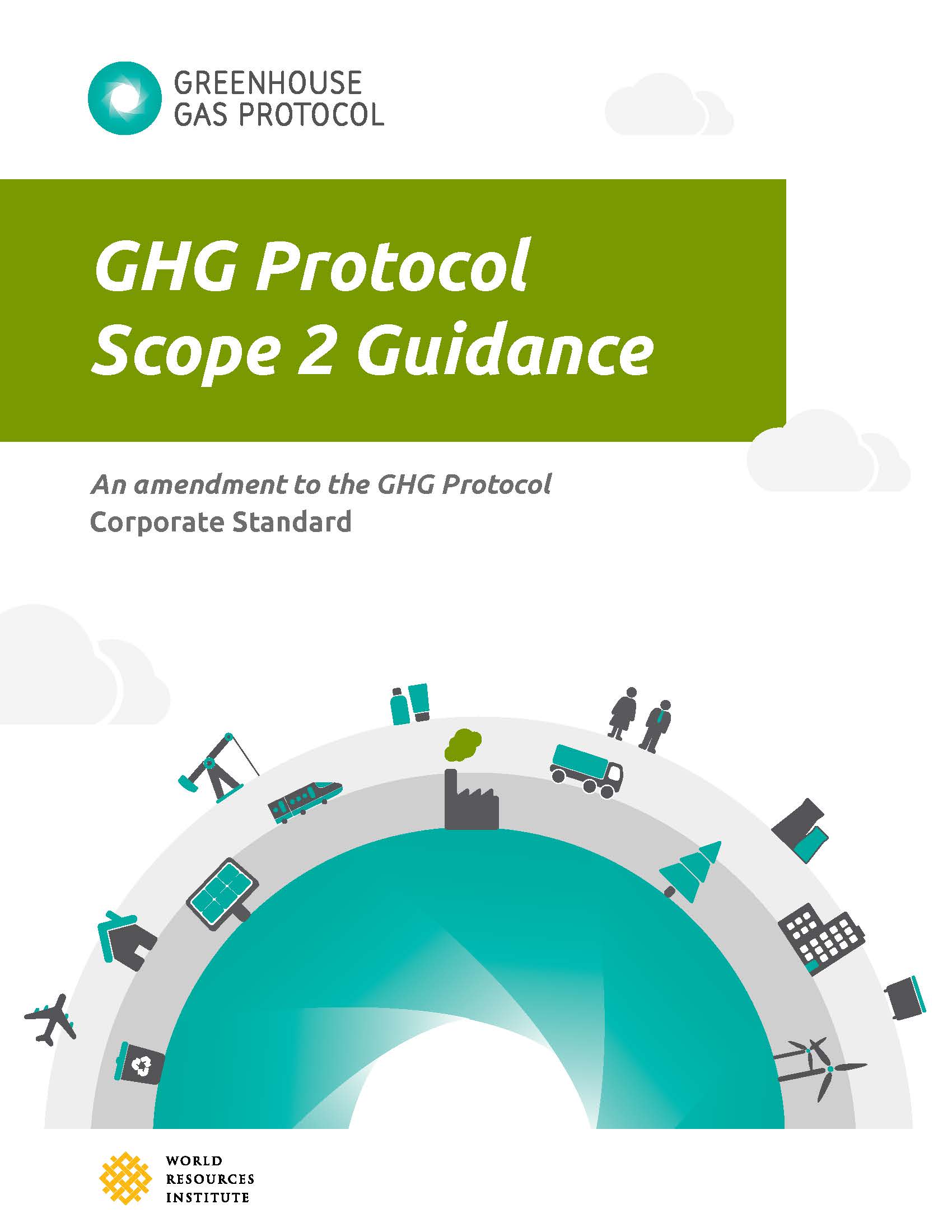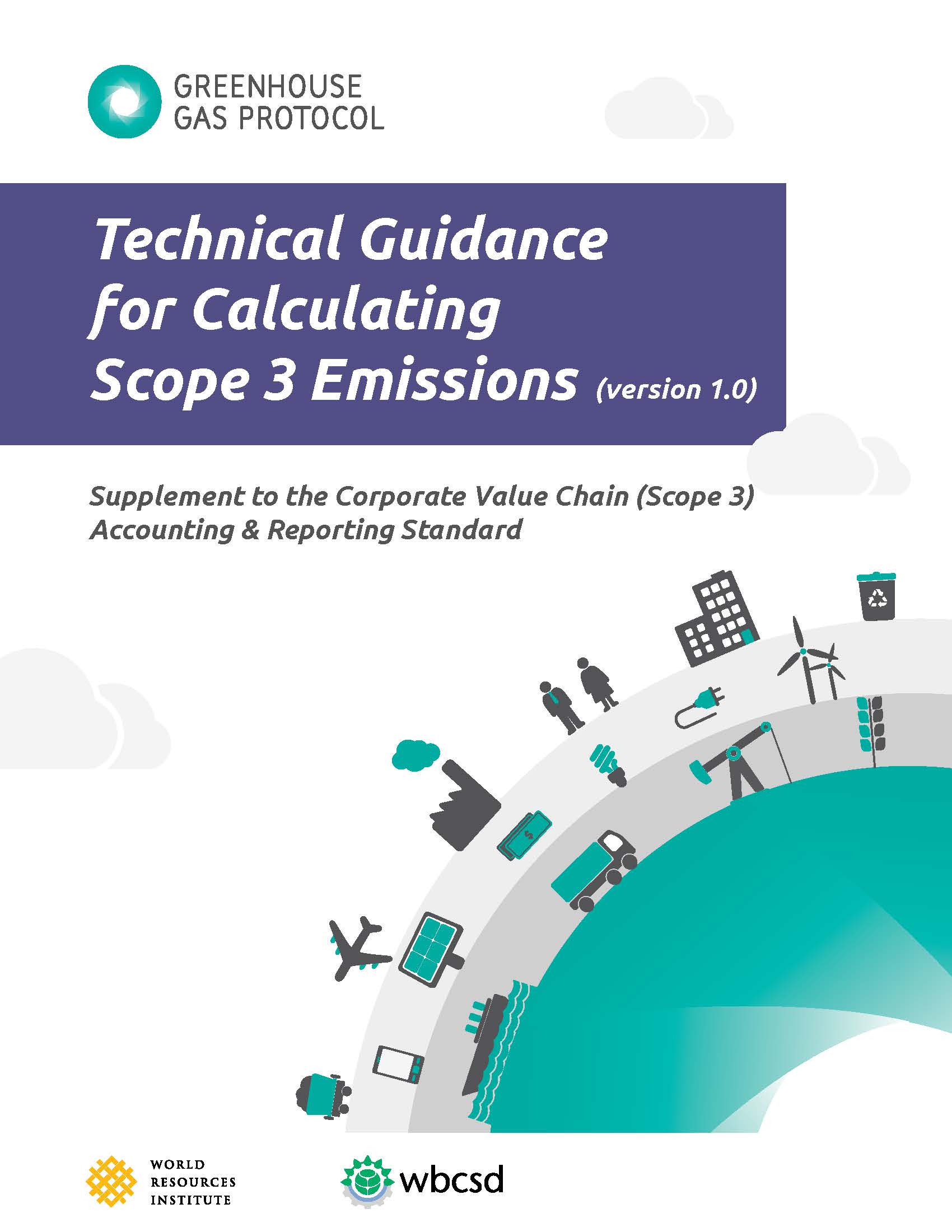28th Annual SRI Conference
The SRI Conference on Sustainable, Responsible, Impact Investing will take place in San Diego, CA.
Public Consultations Extended Until Jan 31, 2026: Scope 2 and Electricity Sector Consequential Accounting LEARN MORE
The SRI Conference on Sustainable, Responsible, Impact Investing will take place in San Diego, CA.

The GHG Protocol Agricultural Guidance is a supplement to GHG Protocol Corporate Standard and covers all agricultural subsectors, including livestock, crop production, and land use change.
Agriculture and agriculture-driven land use change contribute around 17% of global emissions, while 75% of agricultural producers targeted by CDP do not report their emissions. The GHG Protocol Agricultural Guidance is intended to promote sector-wide adoption of emissions management practices by harmonizing how agricultural companies worldwide measure and report their emissions.

This working paper is the first-ever comprehensive global guidance for measuring and reporting the potential greenhouse gas emissions from the fossil fuel reserves held by oil, coal and gas companies. Currently, not a single fossil fuel company reports this data.

The world is already transitioning to a low-carbon economy. Financial institutions have the power to expedite and smooth the transition by limiting their contribution to the climate problem and growing their contribution to the climate solution. The Portfolio Carbon Initiative, a partnership with Sustainable Finance Observatory (formerly 2 Degrees Investing Initiative) and UNEP Finance Initiative (UNEP FI), develops a series of resources to guide financial institutions in assessing the climate impact of their activities and carbon asset risk.
This initiative was previously called the Financed Emissions Initiative.

The guidance includes:
GHG Protocol is currently holding a public consultation on the Scope 2 Guidance (2015). The 60-day public consultation period began on October 20, 2025 and ends on December 19, 2025. To learn more about the process, please refer to this page.

Government organizations worldwide have identified the need to start tracking and managing their greenhouse gas emissions, both to demonstrate environmental leadership and to prepare for future reporting policies and regulations. The operations of public sector organizations represent a substantial source of GHG emissions worldwide; in the US, the federal government collectively is the largest single emitter.
Building off 10 years of success in working with the corporate sector, the GHG Protocol has developed accounting guidance that interprets the principles from the Corporate Standard for the unique structures and needs of U.S. government operations at the federal, state and local level. As a flexible framework designed to help measure and manage GHG emissions, the protocol serves as a background reference for implementing Executive Order 13514, which President Obama signed on October 5, 2009. The Executive Order requires federal agencies to report and reduce their GHG emissions over time. The Executive Order requires federal agencies to report and reduce their GHG emissions over time.

An effective corporate climate change strategy requires a detailed understanding of a company’s greenhouse gas (GHG) emissions. Until recently, most companies have focused on measuring emissions from their own operations and electricity consumption, using the GHG Protocol’s scope 1 and scope 2 framework. But what about all of the emissions a company is responsible for outside of its own walls—from the goods it purchases to the disposal of the products it sells?
The Scope 3 Standard is the only internationally accepted method for companies to account for these types of value chain emissions. Building on this standard, GHG Protocol has now released a companion guide that makes it even easier for businesses to complete their scope 3 inventories.
Join us and learn everything you have always wanted to know about how to set up a revolving fund and internal contracting scheme.
At the Ceres Conference 2017 in San Francisco as we hear from leaders who have achieved the highest standards on these core issues and re
An international forum to share experiences about life cycle thinking where methodological tools are involved with Life Cycle Analysis.